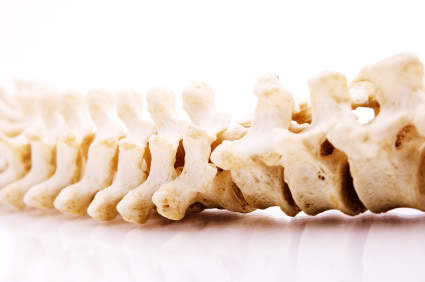Chiropractic received a boost from some major national sources in recent months. Here’s a recap.
1. American College of Physicians issues new guideline for low-back pain treatment
The American College of Physicians (ACP) published a new low-back pain treatment guideline recommending first using non-invasive, non-drug treatments, including spinal manipulation, before resorting to drug therapies. The guideline was published Feb. 14, 2017 in the Annals of Internal Medicine. For more information, see the American Chiropractic Association news release on the guideline.
On May 1, 2017, the New York Times published an editorial by Aaron E. Carroll, M.D., that mentions the new guideline in a generally positive light. The article is generally positive and appeared in a major, mainstream publication read by millions of people. “Spinal manipulation—along with other less traditional therapies like heat, meditation and acupuncture—seems to be as effective as many other more medical therapies we prescribe, and as safe, if not safer,” he wrote.
Talking points on new ACP guideline:
- The chiropractic profession has advocated for decades that conservative care choices such as chiropractic be the first line of treatment for low-back pain. Now, with this new guideline, the medical profession is recognizing the benefits of conservative care for this common problem.
- Thanks to this guideline, it’s possible more medical doctors will choose to refer their patients with low-back pain to chiropractors.
- The ACP guideline was adopted by the American Chiropractic Association, which also adopted the Clinical Compass guidelines on chiropractic for LBP at its HOD meeting in March.
2. Article and editorial on spinal manipulation published in JAMA
The April 11, 2017, issue of the Journal of the American Medical Association (JAMA)featured the article “Association of Spinal Manipulative Therapy With Clinical Benefit and Harm for Acute Low Back Pain.” This systematic review and meta-analysis found that of the 26 eligible RCTs identified, 15 RCTS (1,711 patients) provided moderate-quality evidence that SMT has a statistically significant association with improvements in pain. Twelve RCTs (1,381 patients) produced moderate-quality evidence that SMT has a statistically significant association with improvements in function. One of the RCTs included in this analysis, ‘Adding chiropractic manipulative therapy to standard medical care for patients with acute low back pain: results of a pragmatic randomized comparative effectiveness study,’ was led by investigators at the Palmer Center for Chiropractic Research.
Additionally, an editorial by Richard A. Deyo, M.D., M.P.H., titled “The Role of Spinal Manipulation in the Treatment of Low Back Pain,” was published in the April 11 issue of JAMA. “If manipulation is at least as effective and as safe as conventional care, it may be an appropriate choice for some patients with uncomplicated acute low back pain,” Dr. Deyo wrote. “This is an area in which a well-informed patient’s decisions should count as much as a practitioner’s preference.”
A National Public Radio story on April 11 quoted Dr. Paul Shekelle, an internist with the West Los Angeles Veterans Affairs Medical Center and one of the study authors, as saying the JAMA study found patients undergoing spinal manipulation experienced a decline of one point in their pain rating. He added that the study also found spinal manipulation modestly improved function.
3. Article and editorial on spinal manipulation published in JAMA
An article published April 4 in STAT News, a medical journal, discussed the ACP guideline and how it’s bolstering the cause of non-pharmaceutical pain control methods like chiropractic and acupuncture. Another article published May 10 in STAT News covered proposed FDA recommendations that physicians learn more about chiropractic, acupuncture and other drug-free pain treatments as therapies to help patients avoid prescription opioids.
4. Article posted May 19 on Psychology Today website about new research on chiropractors helping people with low-back pain
This article, “The Evolving Evidence on Chiropractors for Low Back Pain,” covered the ACP guideline and its recommendation for conservative care first, as well as the Annals of Internal Medicine systematic review that found evidence spinal manipulation helps to reduce pain for people with chronic low-back pain. It concluded by saying, “On the whole, the evidence suggests that seeing a chiropractor can reduce pain levels and increase function for people with chronic low back pain.”
Source:









